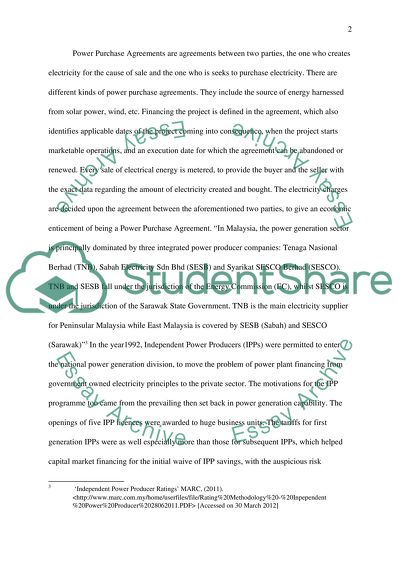Cite this document
(“Internationa project finance law Essay Example | Topics and Well Written Essays - 5000 words”, n.d.)
Retrieved from https://studentshare.org/law/1396520-internationa-project-finance-law
Retrieved from https://studentshare.org/law/1396520-internationa-project-finance-law
(Internationa Project Finance Law Essay Example | Topics and Well Written Essays - 5000 Words)
https://studentshare.org/law/1396520-internationa-project-finance-law.
https://studentshare.org/law/1396520-internationa-project-finance-law.
“Internationa Project Finance Law Essay Example | Topics and Well Written Essays - 5000 Words”, n.d. https://studentshare.org/law/1396520-internationa-project-finance-law.


